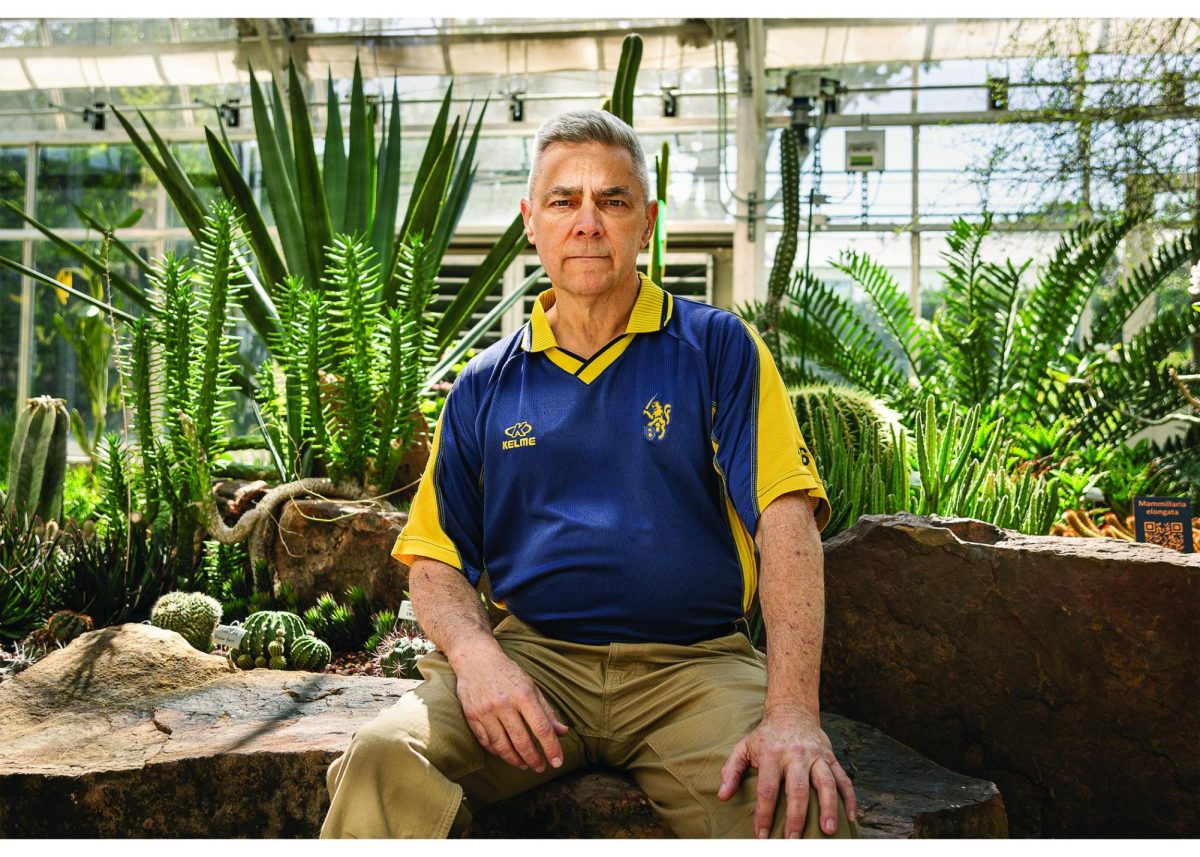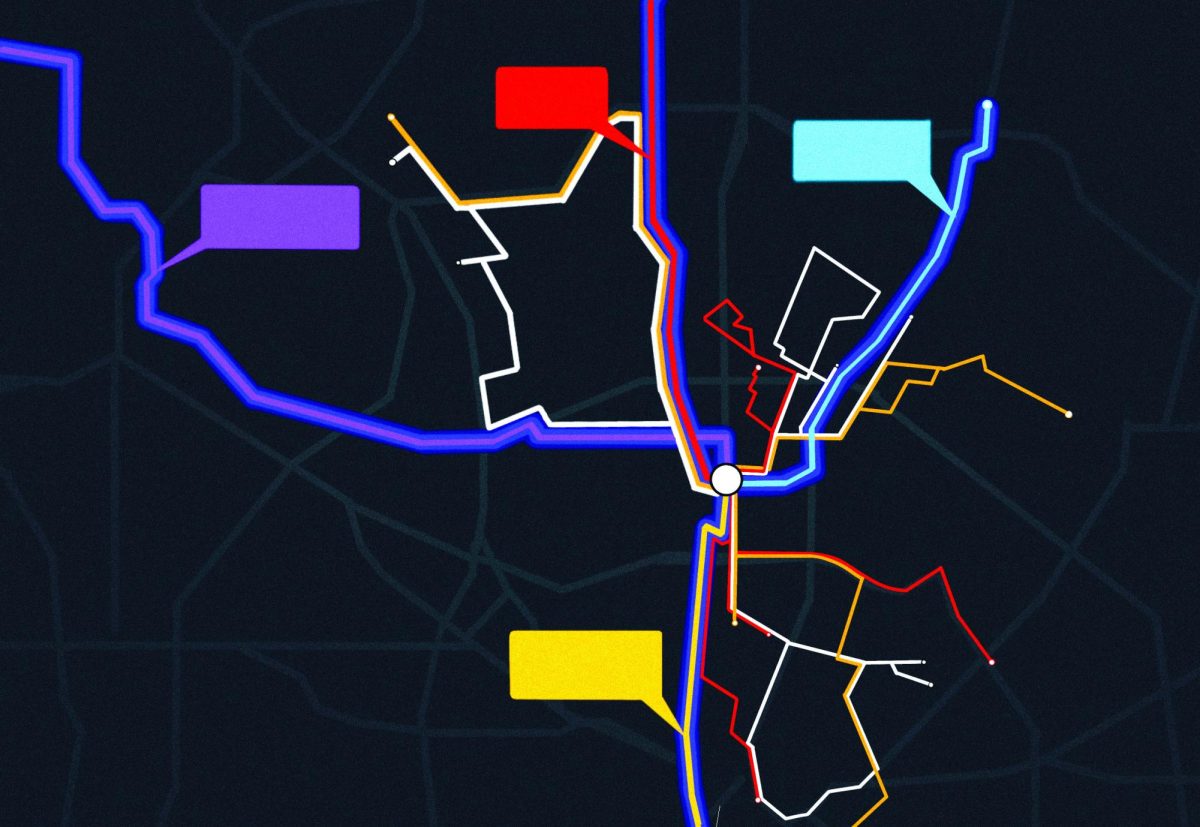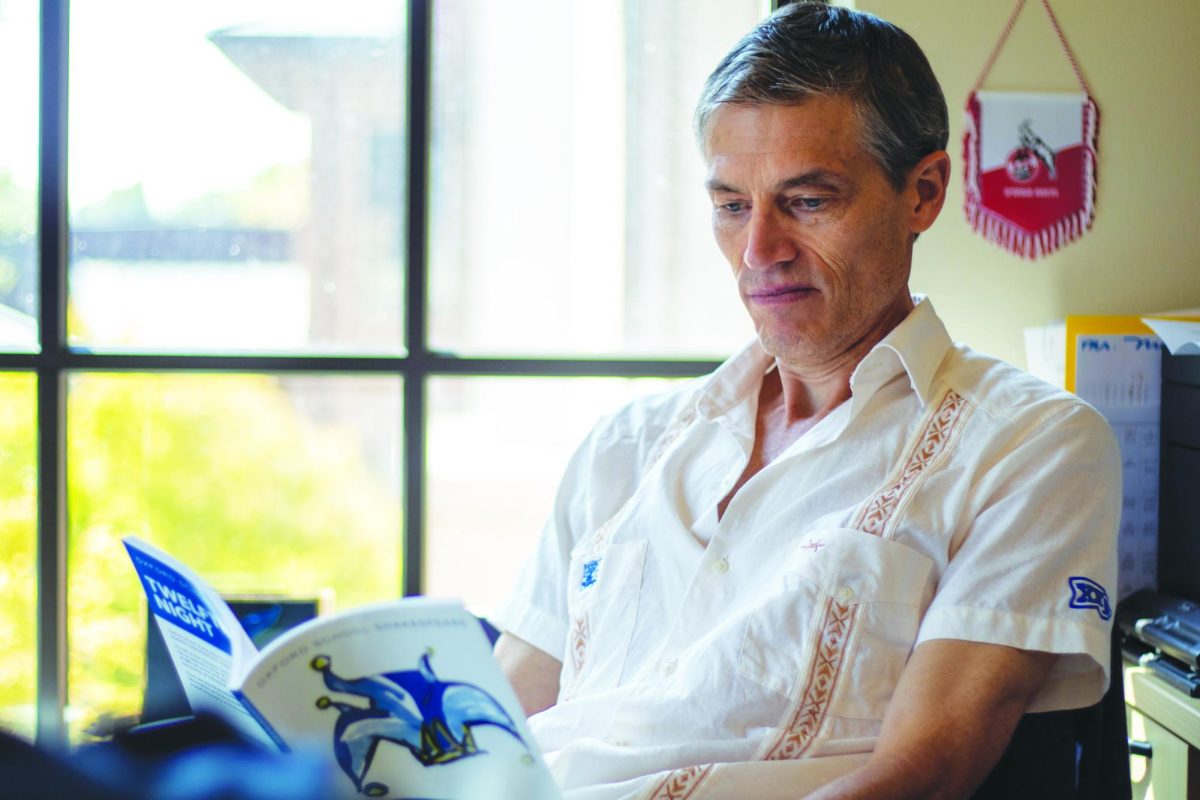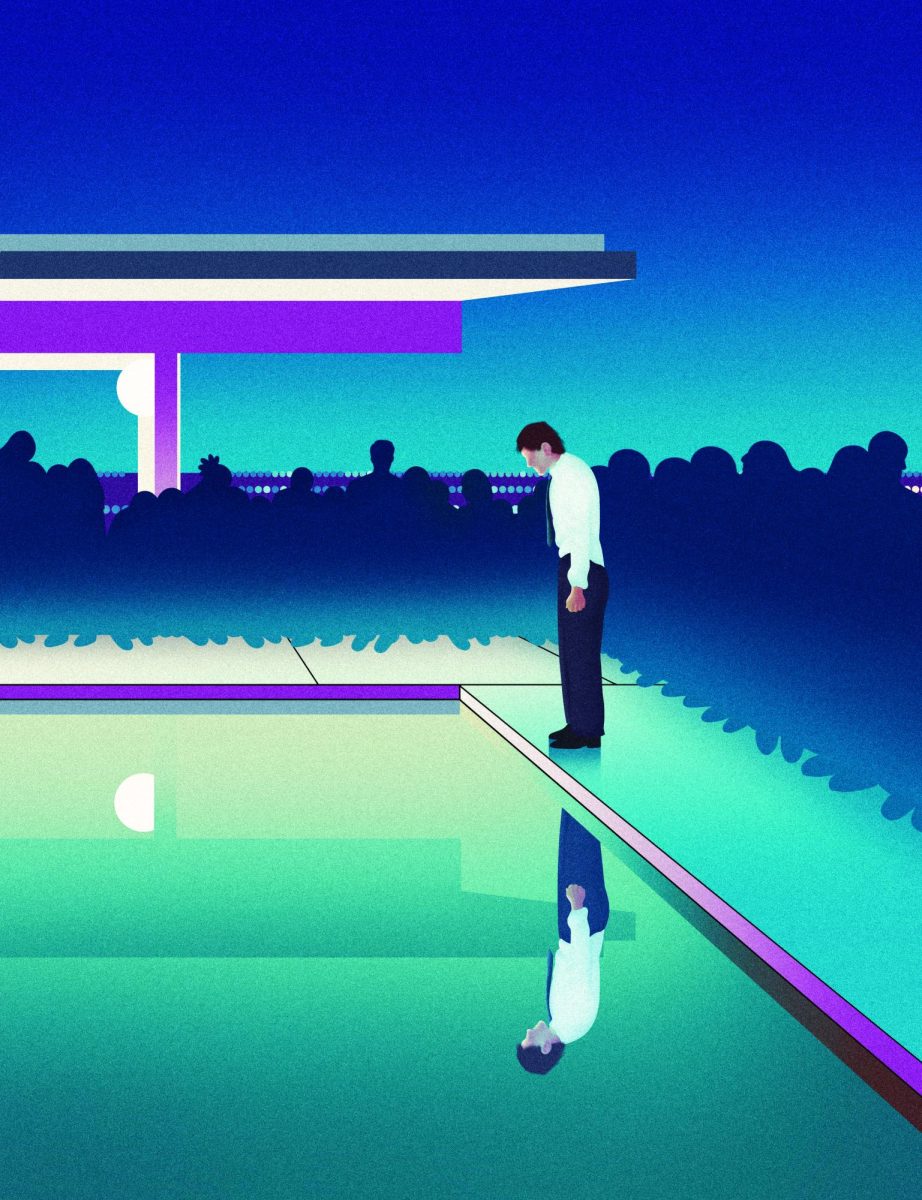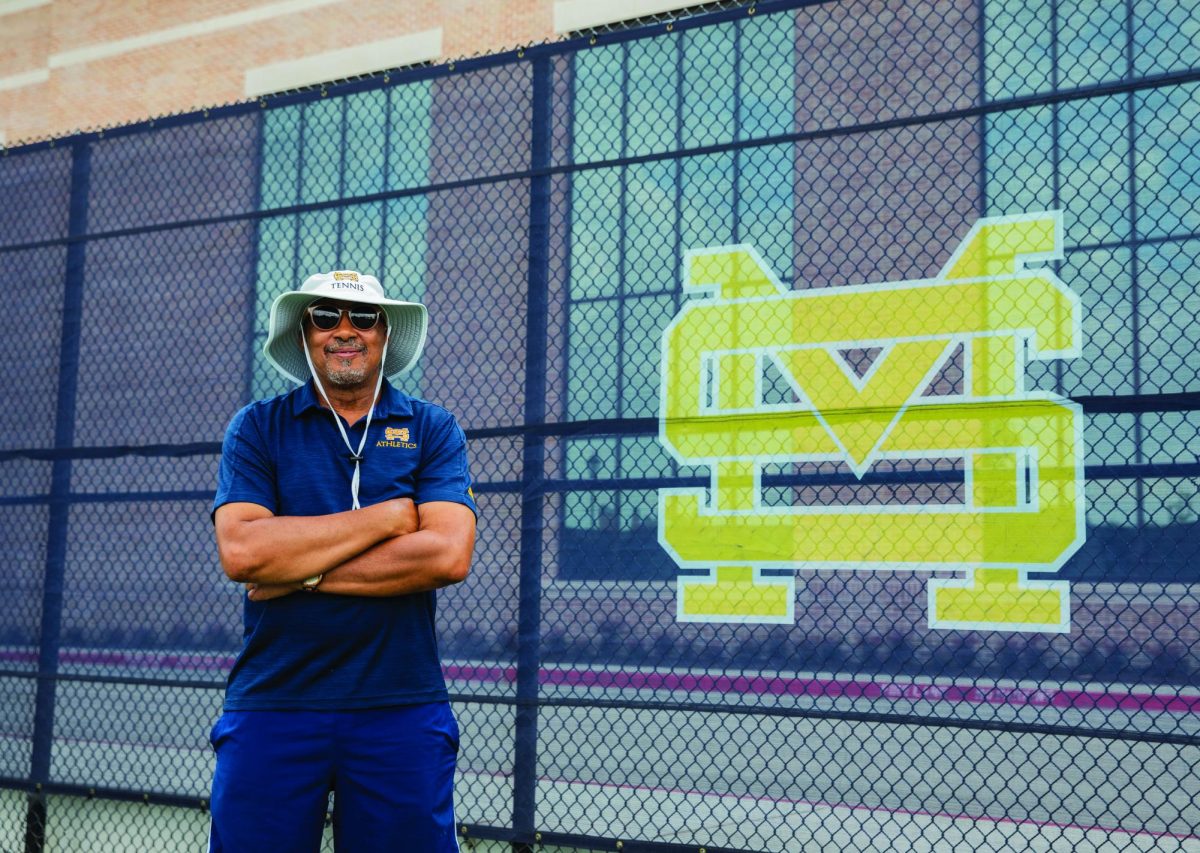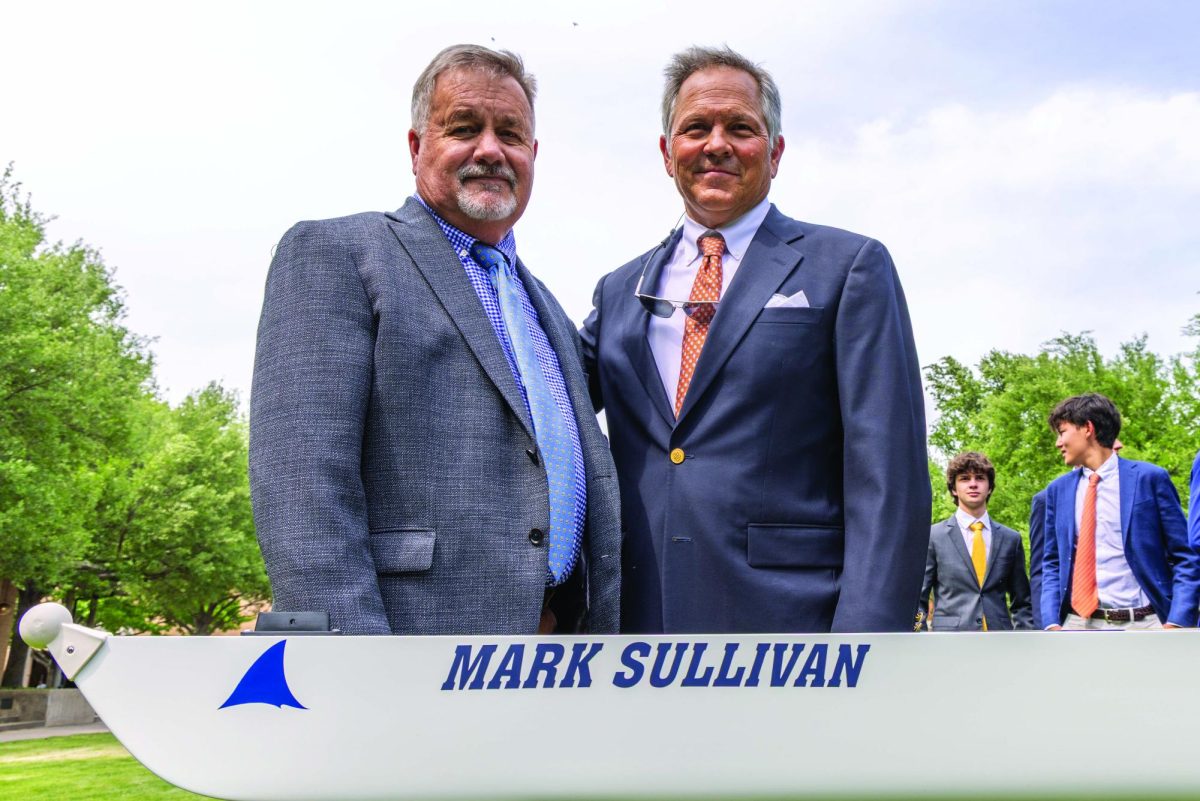Below the Dallas skyscrapers lies a dark haze. Unbeknownst to the citizens of Dallas, this haze slowly consumes, decreasing lifespan while causing various lung cancers.
Science instructor Dan Northcut ‘81, ia leading projects in the Arthur Douglas greenhouse, to take the first step in the fight against pollution.
The school has had a greenhouse for decades. Before Northcut and the Winn Science Center, Arthur Douglas managed the greenhouse, which is no easy task.
“It was built along with the new science building. We had a greenhouse, but it was with the old building from the 1960s,” Northcut said.
The current greenhouse contains a variety of different plant species, coming from several ecosystems and climates. There are two rooms — the tropical and desert — that show the alterations for their environments.
“What we want is to look at certain plants and the features that the plant has to show it has adapted to being in this type of environment,” Northcut said. “It’s not exactly stages of evolution. It’s just the end product of evolution that brought the plant to be the way it is now.”
Furthermore, the greenhouse serves as the home for several environment based clubs. Sophomore Max Yan, president of the Blackland Prairie Restoration Crew, often uses the greenhouse. Ever since the club’s creation four years ago, its focus has been to restore the prairies of Dallas with native plants.
“The goal is that people will be able to see more birdlife and biodiversity all around,” Yan said. “Once you start bringing the native plants back, you get all the native biodiversity of insects; you get all the frogs, the lizards and the birds that eat the insects.”
Foreign plants harm the ecosystem of these prairies through a variety of ways. Invasive species can take over the native environment, restrict growth and cause extinction.
“Those guys have been collecting native seeds from different sites around the Dallas-Fort Worth area, germinating, growing and planting them,” Northcut said. “It’s a long-term project for the restoration of the Blackland Prairie.”
Restoration not only helps the wildlife through clearing out invasive species but also with repairing the current environment and avoiding other natural disasters.
“If you have the ecosystem running like the prairies, or if you get the prairies in place, they hold the soil,” Yan said. “They hold the soil down, so you don’t get as much soil loss in those rapid rains that we get nowadays. The roots also store a lot of carbon.”
In fact, these roots from Blackland Prairies store much more carbon compared to forests. Without tillage or other disruptions, the prairies can significantly reduce air pollution.
To Dallas citizens, this is not as noticable day to day compared to the many other benefits of restoring the prairies.
“The bird populations in North America in the last 30 to 40 years have dropped by over 30 percent. The insect density is way down. When I was a kid driving through roads at night, insects would hit your windshield constantly. But now, that never happens,” Northcut said.
However, with the digging, renourishing and replanting of native species done by the restoration club, the Blackland prairie may have a chance at re-emerging.
“You get all these native prairie plants and they bloom all throughout the year which means that there’s a consistent food source for there your bees, butterflies, insects of different kinds, all throughout most of the year,” Yan said. “But if you only have one plant, or a monoculture, like at our school, our native insects and birds won’t have food throughout the whole year. That is what we call a biological desert.”
The club benefits the school and Dallas community in numerous ways. These students, led by Yan, are working hard to make a difference in the world.
“It’s a lot of work so that it definitely provides guys a chance to get outside and get those community service hours in a really environmentally productive way,” Northcut said.
Breathing life into Dallas
October 31, 2023
Categories:
Northcut sits amongst the various plants in the desert room of the Greenhouse. Certified as a Texas Master Naturalist, he has the arduous task of maintaining the Greenhouse on a daily basis.
More to Discover
About the Contributors


